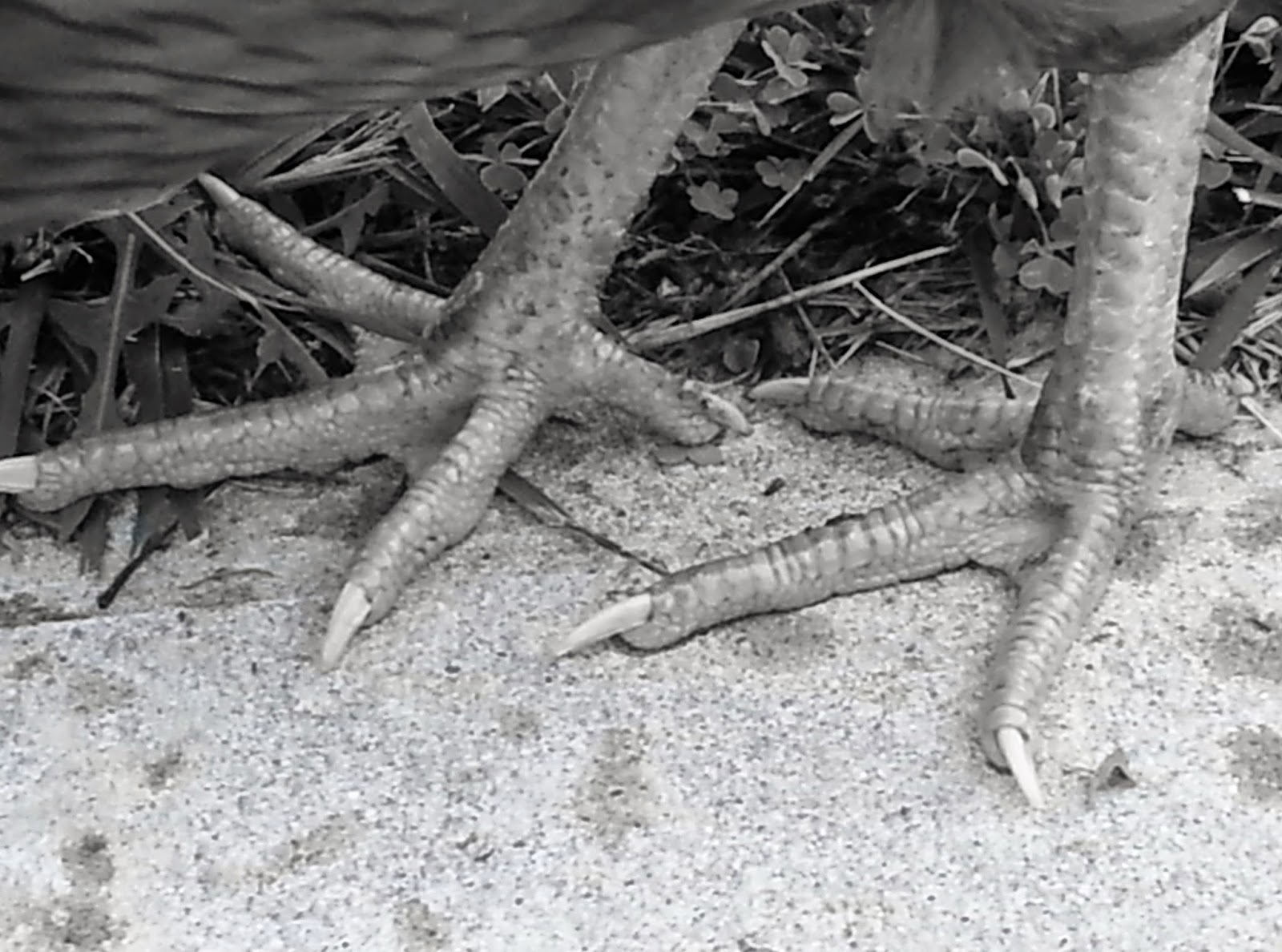This is a typical morning with our chickens and ducks. They have gotten along so well since we've gotten them all back in the early spring.
We go out each morning and open the coop door so the chickens and ducks can free range. The chickens spend a good hour picking at the clover and grass for bugs and morning dew.
The ducks are no stranger to this behavior as well. They don't spend as much time with their heads to the ground but they do like shuffling their bill through the foliage for treasures just as much as the chickens do. They "graze" super fast so that they can high tail it to their favorite spot.
I keep a galvanized steel tub by the down spout so when it rains the ducks can play in the water. They groom themselves carefully with this water.
The Pekin duck requires more grooming because of her white feathers. But it's the mallard that could spend hours picking and preening through her feathers. The Pekin is just lifting her left foot to run her talons through her feathers on her head.
It doesn't take long though and the chickens start looking for something new to do.
The ducks wait for the chickens to choose the direction and then they follow them everywhere they go throughout the day. You can see the hodge-podge of duck and chicken foot prints on the sidewalk.
This is the talons of a female chicken. A hen will grow spurs, but they aren't aggressive with them like a rooster can be.
This is Deleanor's feet. We thought he was a hen for several weeks. But, as spring turned into summer Eleanor became Deleanor. He is developing larger spurs than the hens.
Here a few random shots of the ducks after they've groomed themselves. They spend quite a bit of time scrounging around the yard and making sure the stay close to the chickens.
These two ducks couldn't be more opposite but they are best friends. Even though the white Pekin is much larger she tries to hide behind the smaller mallard when people come and get too close.
This is one of the Rhode Island Red hens. Her face is in the last stages of being completely developed. She is a very happy, healthy chicken. You can tell by the bright clear eyes. She has a bit of clover in her beak.
A hen's ear lobes indicate the color of eggs they will lay. She has red lobes so she will lay brown eggs.
Red lobe indicates brown eggs. White lobes indicates white eggs.
We should end up with a wide array of egg colors. The Plymouth Rock (black and white hens) will lay brown eggs. Jo-Jo and Hark will lay what is called the Easter eggs. They are pastel blue/green.


















No comments:
Post a Comment